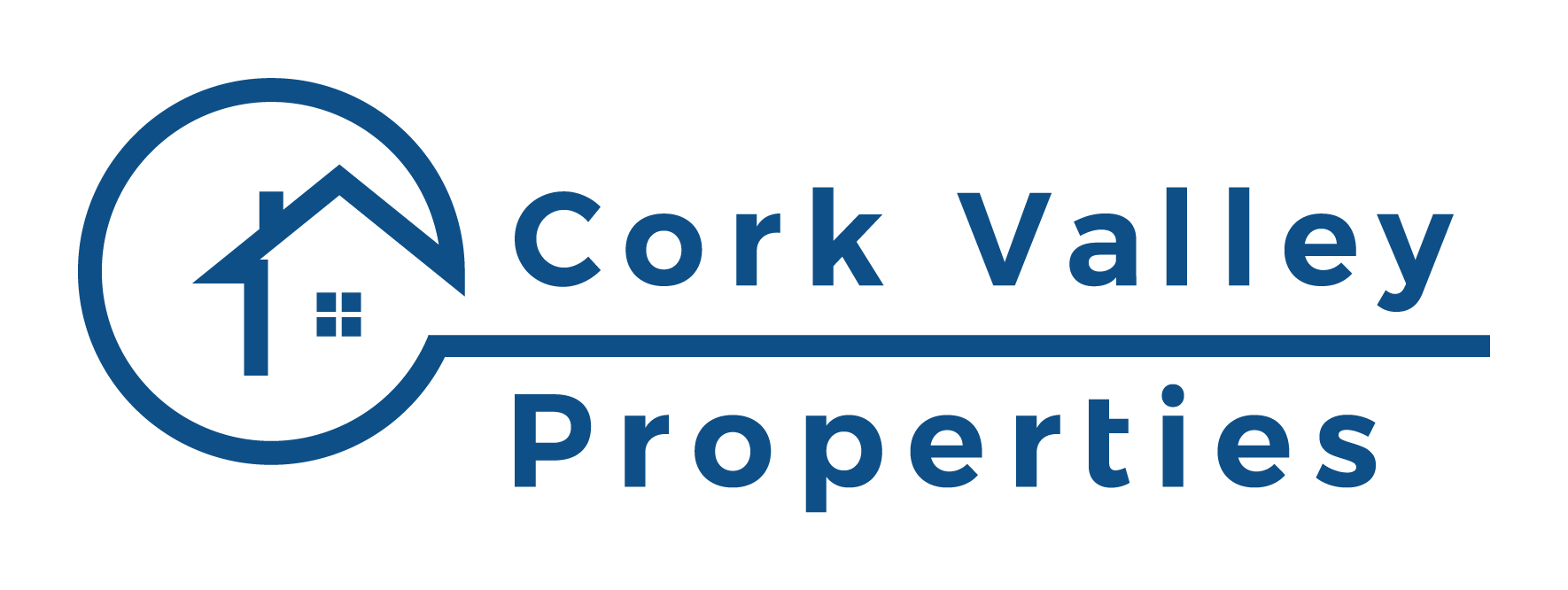Selling a hoarder house without making repairs is absolutely possible, but it takes the right strategy to attract the right kind of buyer. Here’s a step-by-step guide to help you through the process:
🧭 1. Understand Your Legal Obligations
Before anything, check your state’s disclosure laws. Even if you’re selling as-is, most states require you to disclose known material defects (like structural issues, pests, or mold).
🧾 2. Sell the House “As-Is”
List it as-is so buyers know you’re not making any repairs or cleanouts. Make that clear in the listing and any conversations.
Tip: Add language like:
“Property is being sold as-is. Seller will make no repairs or offer any warranties.”
🛠️ 3. Skip the Traditional Market (Usually)
Most traditional buyers (especially first-time homeowners) will be overwhelmed by a hoarder house. Instead, focus on:
- Cash buyers
- Real estate investors
- “We buy houses” companies
- House flippers
They often don’t care about clutter—they care about potential.
📸 4. Use Honest, Strategic Marketing
- Take limited but truthful photos—consider focusing on the structure more than the contents.
- Highlight selling points: location, lot size, layout, price.
💰 5. Price It Right
Be realistic. A hoarder house usually needs deep cleaning, junk removal, and possible repairs, so price it below market value to reflect that.
👨💼 6. Consider Selling Off-Market
If you’re looking to avoid showings and public listings, consider:
- Selling to a local investor directly
- Using a wholesaler (they connect you with cash buyers)
- Posting on platforms like:
- Facebook Marketplace
- Craigslist
- BiggerPockets
- Roofstock or similar investor-focused marketplaces
📑 7. Use a Strong Purchase Agreement
Include an as-is clause and make sure it limits buyer inspection contingencies, so the buyer can’t back out for minor reasons.
👥 8. Get Help if Needed
If it’s overwhelming:
- Work with an agent who specializes in distressed or as-is sales
- Contact a cash buyer company for a quick, low-hassle sale
